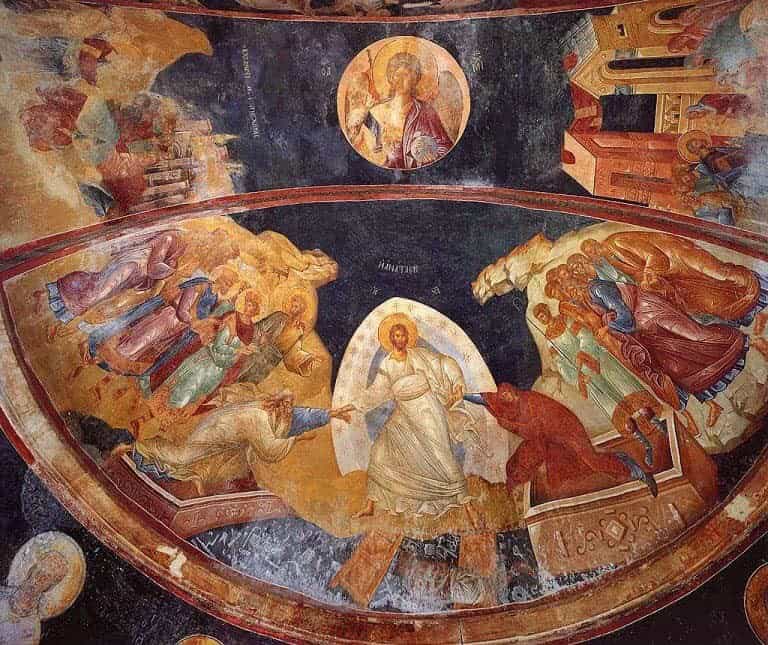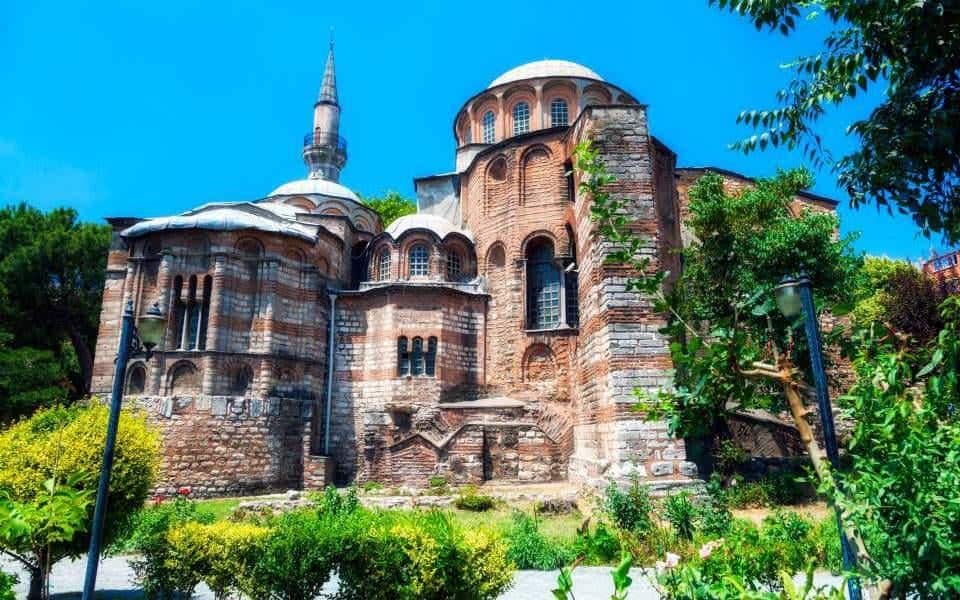The Byzantine church of the Chora Monastery in Istanbul has undergone a significant transformation, now functioning as a mosque. This decision follows Turkish President Tayyip Erdogan's reversal of a 1945 cabinet ruling that had previously designated it as a museum.
Reports from the state-run Anadolu News Agency confirm President Erdogan's participation in a ceremony commemorating the completion of the General Directorate of Vaqufs' efforts to safeguard 201 historical sites, including the Chora Monastery.
Scheduled ceremonies, including one at the presidential palace's conference center in Ankara, will link Erdogan directly to the historic site. The Church of St. Saviour in Chora, dating back to the 6th century AD, boasts unique mosaics and frescoes crafted between 1305 and 1320, during the Paleologues' reign.
Erdogan on Monday remotely presided over a ceremony marking the opening of the Chora - as well as other recently-restored structures - from a conference hall at his palace complex in Ankara.
"May it bring good fortune," Erdogan said during the televised event.

Renowned for its elaborate mosaics, the Chora Monastery stands alongside Hagia Sophia and the Monastery of Pammakaristou as a testament to Byzantine artistry in Constantinople. Hagia Sophia underwent a similar transformation into a mosque in 2020.
Initially converted into a mosque in 1511, just 58 years after the Fall of Constantinople, the Chora Monastery later served as a museum following a 1945 government decision. In 2019, Turkey's Council of State annulled this decision, paving the way for Erdogan's announcement in 2020 that the site would revert to its status as a mosque.
Both conversions received praise from the Muslim faithful but drew criticism from Greece and other countries who had urged Turkey to protect these important Byzantine-era monuments. Both are listed as U.N. World Heritage Sites.
The monastery's rich history intertwines with modern efforts, including extensive restoration work by American experts beginning in 1948. This endeavour, culminating in the removal of plaster concealing the intricate mosaics and frescoes, concluded in 1958
(Source: Naftemporiki)

